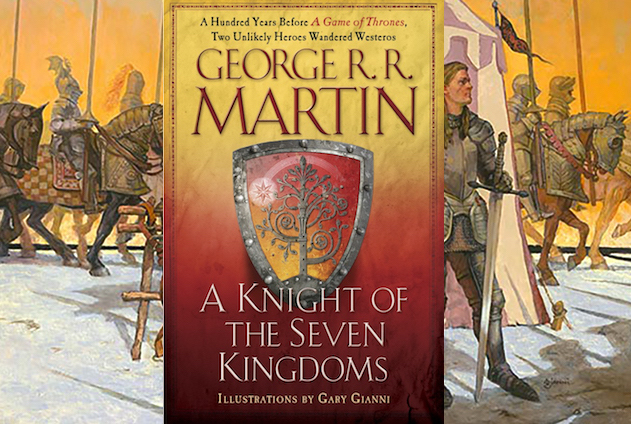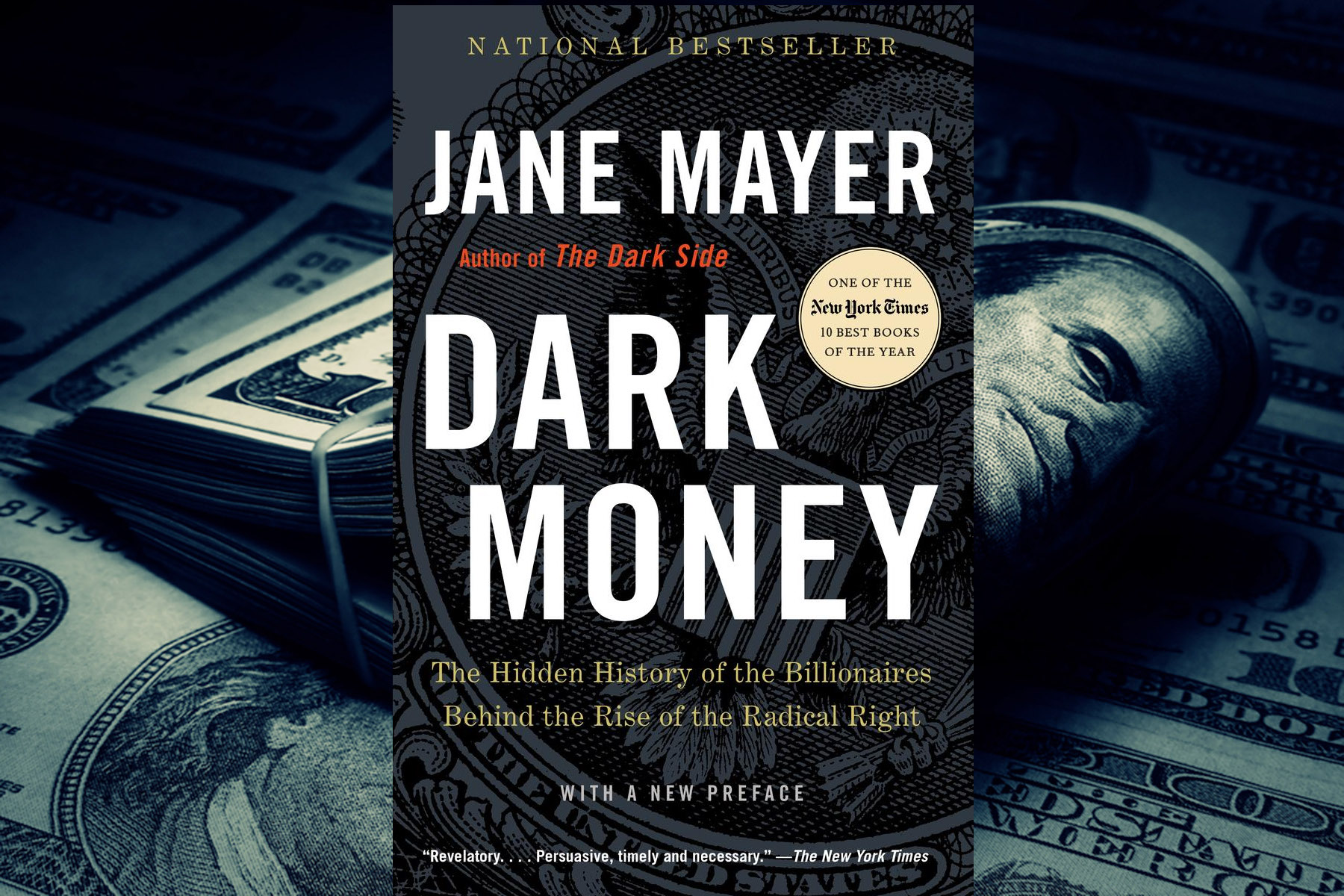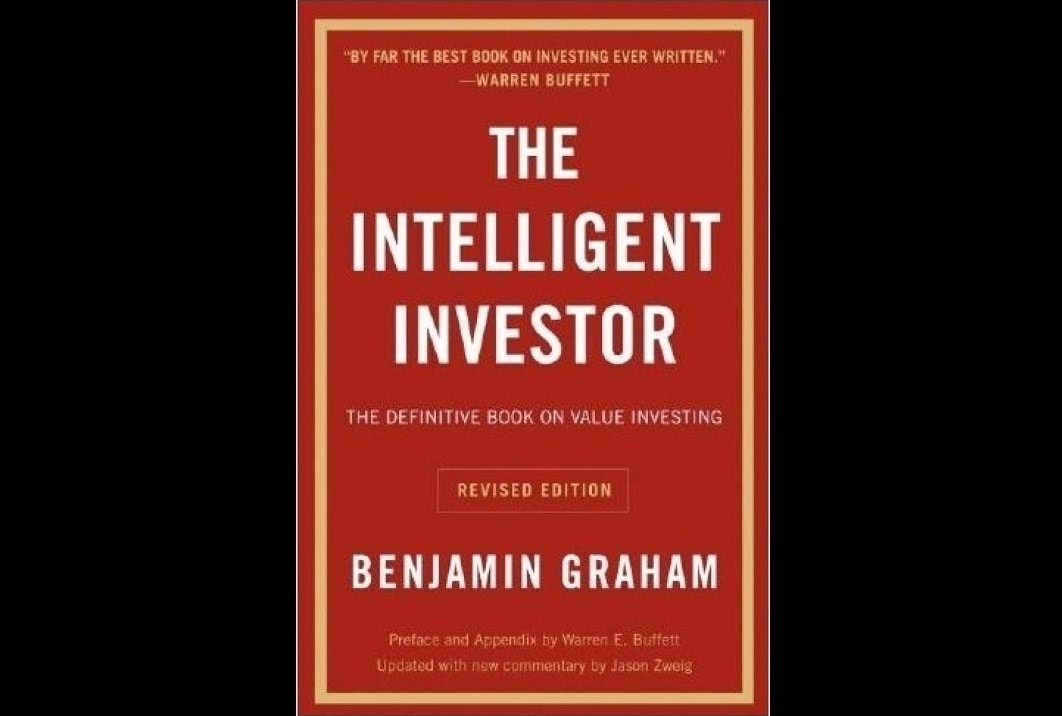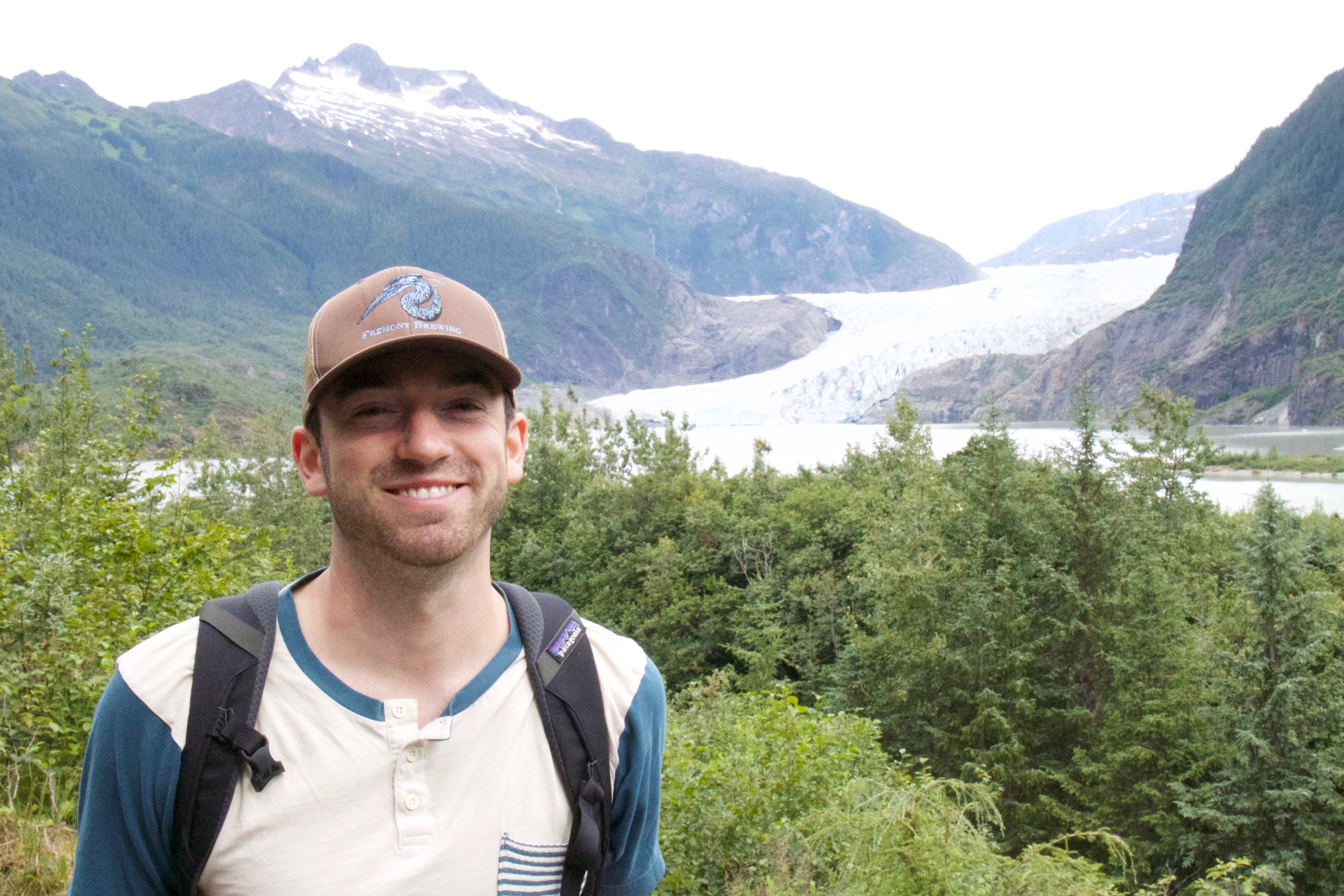My Reads...
This blog is dedicated to books and articles that I've read. My hope is that this can serve as a resource for others and for my own self-reflection.
May 2018. Cannery Row. John Steinbeck. 185 Pages.
One of my very best friends just graduated from the Middlebury Institute of International Studies at Monterey with a master’s degree in Public Administration. I was fortunate to visit him on campus a couple months ago before his graduation. I’d never been to Monterey or any of the surrounding towns such as Salinas or Carmel, but the HBO series Big Little Lies helped my imagination get the lay of the land. In all seriousness, the area is beautiful. It was a perfect weekend, sun shining, the blue ocean crashing against the jagged shoreline. We took advantage of the weather and walked along the Monterey Bay coastal recreation trail, all the way down through Cannery Row.
I didn’t know anything of John Steinbeck’s book Cannery Row but picked up the novel as a souvenir. I just finished the book and it was a spectacular read. Let me read you the first couple sentences…
“Cannery Row in Monterey in California is a poem, a stink, a grating noise, a quality of light, a tone, a habit, a nostalgia, a dream. Cannery Row is gathered and scatted, tin and iron and rust and splintered wood, chipped pavement and weedy lots and junk heaps, sardine canneries of corrugated iron, honky tonks, restaurants and whore houses, and little crowded groceries, and laboratories and flophouses. Its inhabitants are, as the man once said, “whores, pimps, gamblers, and sons of bitches,” by which he meant Everybody. Had the man looked through another peephole he might have said, “Saints and angels and martyrs and holy men,” and he would have meant the same thing.” (Steinbeck, 4)
Now if that doesn’t help you understand what Cannery Row might’ve been like in the 1930’s, I’m not sure what will. That opening paragraph was plenty to grab my attention and discover Cannery Row through John Steinbeck’s imagination. The story of Cannery Row, Mack and the boys, is a must read.
April 2018. Thank You for Being Late. Thomas L. Freidman. 453 Pages.
Thomas Freidman provides an insightful view into our modern society through his book Thank You for Being Late. It analyzes how human civilization has progressed and what aspects of society are propelling us into an unpredictable future. The book impresses upon the reader the severity of our cultures interdependencies during a time of infinite accelerations in technology, the financial market and mother nature. Friedman repeatedly refers to Moore’s Law and how it is becoming more difficult as humans to keep pace with the rate of change within our civilization. Referring to this time as the “age of accelerations”, he goes on to describe the state of the world through “explanatory journalism”. He describes himself as an explanatory journalist because he is simplifying complex topics in a way that most anyone can comprehend. The book is an optimistic outlook on how we can try and keep pace with an everchanging world in order to live a happier, healthier, wealthier, lifestyle.
During the first section of the book he dives into technology in the age of accelerations. He discusses many facets of tech and how industry has abstracted away all complexity from consumers. It was incredible to read his interviews with executives from companies such as Intel and IBM, who describe technology continually making breakthroughs even when there is internal disbelief. Friedman discusses Intel’s microprocessors and how they somehow managed to continue to compound the number of switches within a chip even when they themselves did not think it would be possible a few years prior. He covers hardware and then continues to software by identifying 2007 as the year when not only the iPhone was released, but GitHub took flight to open the floodgates for worldwide collaboration between software developers. Being someone who is in the business of designing and developing software, this section was particularly entertaining because Friedman does an immaculate job at simplifying a complex subject. He provides examples of the opensource community mobilizing online to solve complex problems. These examples foreshadow a significant plot in the book, which is the importance of community.
While identifying this digital cloud era as the “supernova”, which has spread into the distant corners of the world, Friedman gives concrete examples of people connecting for good and for evil over the internet. In the age of accelerations, he explains that people can just as easily be breakers as they can be makers. Breakers such as ISIS host media within the supernova while makers might fund communities in 3rd world countries. The important point here is that an individual human can “break” or “make” something, whereas 50 years ago you might need an army to accomplish something similar. Following the description of technology in today’s age, there is dialog focusing on mother nature and the financial market, an expansion on today’s economics. These three things bundled together define where we stand in our world today. The final section of the book provides what Friedman believes are the essential components to living one’s best life in this age of accelerations, which to me, begins with a close-knit community.
February 2018. Eaarth. Bill McKibben. 212 Pages.
Eaarth. Say it with me: "Eaaaaarth". Doesn't exactly roll off the tongue, does it? No, this is not a joke and it is not a misspelling. That is the title for Bill Mckibben's 2010 book about how our planet is becoming something other than the planet we have known. Bill proposes that since it has changed so dramatically from what it once was, our planet deserves a new name. We can't call it Earth anymore. So why not call it Eaarth?
Bill McKibben is an environmentalist primarily focused on global climate change. One of his more well-known books, The End of Nature, was written in 1989 and is said to be one of the first texts published confronting global warming and warning of potential feedback loops that would have a negative impact on our planet. Needless to say, Bill was right, and civilization has been altering our planet and our atmosphere for decades. The discovery of fossil fuels led to the realization that one barrel of oil equates to hundreds of hours of manual labor. This epiphany built an economic fervor that was destined for growth. Bill explains that our appetite for growth (which really caught traction during the industrial revolution) has accelerated our energy consumption and therefore increased the amount of carbon dioxide entering the atmosphere.
The text explores the economic and societal factors that have contributed to the transformation that our planet has experienced. The book starts out with a morbid tone, but one that is necessary to ensure readers understand the severity of the topic being discussed. If we are going to reduce the concentration of CO2 in the atmosphere to 350 ppm (the target set by the scientific community for a safe planet, similar to the one we've known) then drastic change must take place in the way that we live our lives. McKibben explores success stories and explains some agreeable practices that could help to reduce the concentration of CO2 in the atmosphere. It's up to the rest of us to implement his suggestions.
I leave you with a quote that summarizes the seriousness of our situation with a lighthearted metaphor:
"These are all difficult tasks; the transition from a system that demands growth to one that can live without it will be wrenching. But the most wrenching part will be the simple idea of decline. We don't like aging as individuals, and it frightens us as a society. Ever since Jimmy Carter first hinted at it in the 1970s, we've been desperate to flog our economy back to life. We deregulated, never mind the pollution. We cut taxes, never mind the gross inequality it created. We handed out cheap mortgages, never mind the headache we knew was coming. We have, in short, goosed our economy with one jolt of Viagra after another, anything to avoid facing the fact that our reproductive days were past and hence constant and unrelenting thrust was no longer necessary. (I suspect global warming is the planetary equivalent of the dread "erection lasting more than four hours" that we're warned about on the TV commercials.)" (McKibben, 125)
January 2018. The Handmaid's Tale. Margaret Atwood. 311 Pages.
Whether you're into reading or watching TV shows, odds are you've heard about The Handmaid's Tale. I'd heard the title thrown around in conversation but hadn't received a detailed account of the plot. All I knew was that the story is fiction and there is a new Hulu television series based on the book. I'm always up for starting new shows, but when it comes to movies or series based on a book, I try and read the book first. The books are always better folks.
This book was twisted. It really makes you feel squirmy and uncomfortable. Margaret Atwood is an incredible writer and in her introduction into The Handmaid's Tale she gives a recount of her process for coming up with this story. Here is my favorite excerpt from this introduction that foreshadows the chilling novel ahead:
"If I was to create an imaginary garden, I wanted the toads in it to be real. One of my rules was that I would not put any events into the book that had not already happened in what James Joyce called the "nightmare" of history, nor any technology not already available. No imaginary gizmos, no imaginary laws, no imaginary atrocities. God is in the details, they say. So is the devil." (Atwood, XIV)
Margaret Atwood is telling us that this story would be REAL. Real in the sense that many of the events in the book would be similar to real incidents that you and I have witnessed while watching the news on TV. For example, through the news or real life, we've all experienced religious extremism. Perhaps if you've ever driven through rural Utah then you've seen polygamist communities. I know that you have read about disappearances or shootings in the newspaper. Personal experiences such as these make this book more realistic, and in turn create an exceptionally enticing and horrifying story.
Definitely worth the read. Now on to the TV series!
October 2017. A Knight of Seven Kingdoms. George R.R. Martin. 355 Pages.
Every year when the Game of Thrones season comes to a close, I find myself desperate for more action. After season one I picked up the paperback series A Song of Fire and Ice to continue the story line in my free time. I finished the series long before season 7 ended but once again found myself looking for more narratives of deception in Westeros. So I picked up a prequel written by George R.R. Martin called A Knight of Seven Kingdoms. Taking place roughly 100 years prior to the famed Game of Thrones series, the novel consists of three short stories that follow a hedge knight and an unsuspecting squire throughout Westeros. Their characters represent chivalry, discipline and determination to protect the realm of men in a time when rebellion could easily blossom into war. If you are a Game of Thrones fanatic like me, this is definitely worth the read.

September 2017. Dark Money. Jane Mayer. 464 Pages.
Why does the Republican party currently dominate the House of Representatives? Why is there a GOP majority in the Senate? With a Republican leading the Executive branch of the United States government, NOW is the perfect time to read Dark Money. Do yourself a favor, find the answers to some of these questions through Jane Mayer’s extensive research on how a few of America’s richest families have influenced the electoral system to promote legislation which benefits themselves. This tight knit group of extremely wealthy conservative families, led by the Koch brothers, fund academic institutions, think tanks, congress, courts and other public or private organizations to spread their libertarian ideologies. This text is revealing and will make you want to get out and vote, not just for the presidency, but rally support for your local politics, because that is where these families are striking their influence, by assembling a base from the grassroots. This is definitely a book that every American should read.

August 2017. The Intelligent Investor. Benjamin Graham. 640 Pages.
A definitive text on value investing. Not your most exciting read, BUT if you are interested in a comfortable retirement someday, then this book is for you. Here I am, a 25-year-old just starting my career, wondering how on Earth I should invest in a way that my 65-year-old self will be taken care of. So, one of my friends turns me on to The Intelligent Investor. He warns me that some of the text, which was first written in 1949, is dull and dated, while most of the analysis formulated by Graham is still accepted in today’s popular approach to value investing. However, the commentary following every chapter is kept up to date, validating that the methodology Graham proposed over 50 years ago is still relevant in today’s financial world. If I had to guess, I’d say you may have never heard of Benjamin Graham, but you have probably heard of Warren Buffett, the most successful investor in the world. Buffett was Grahams protégée, so whether you’re interested in stocks or bonds, growth or value stocks, or are just looking for some strategy on your road to retirement, this is a great place to start.



